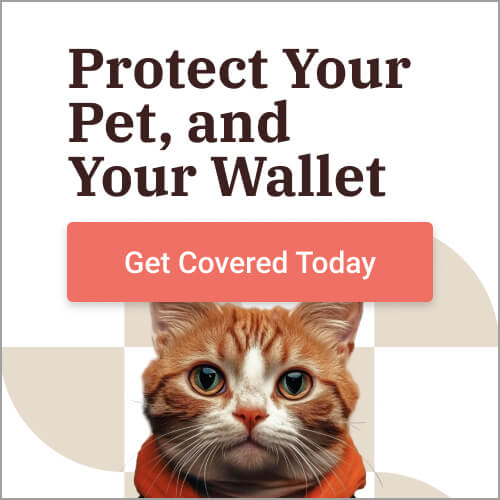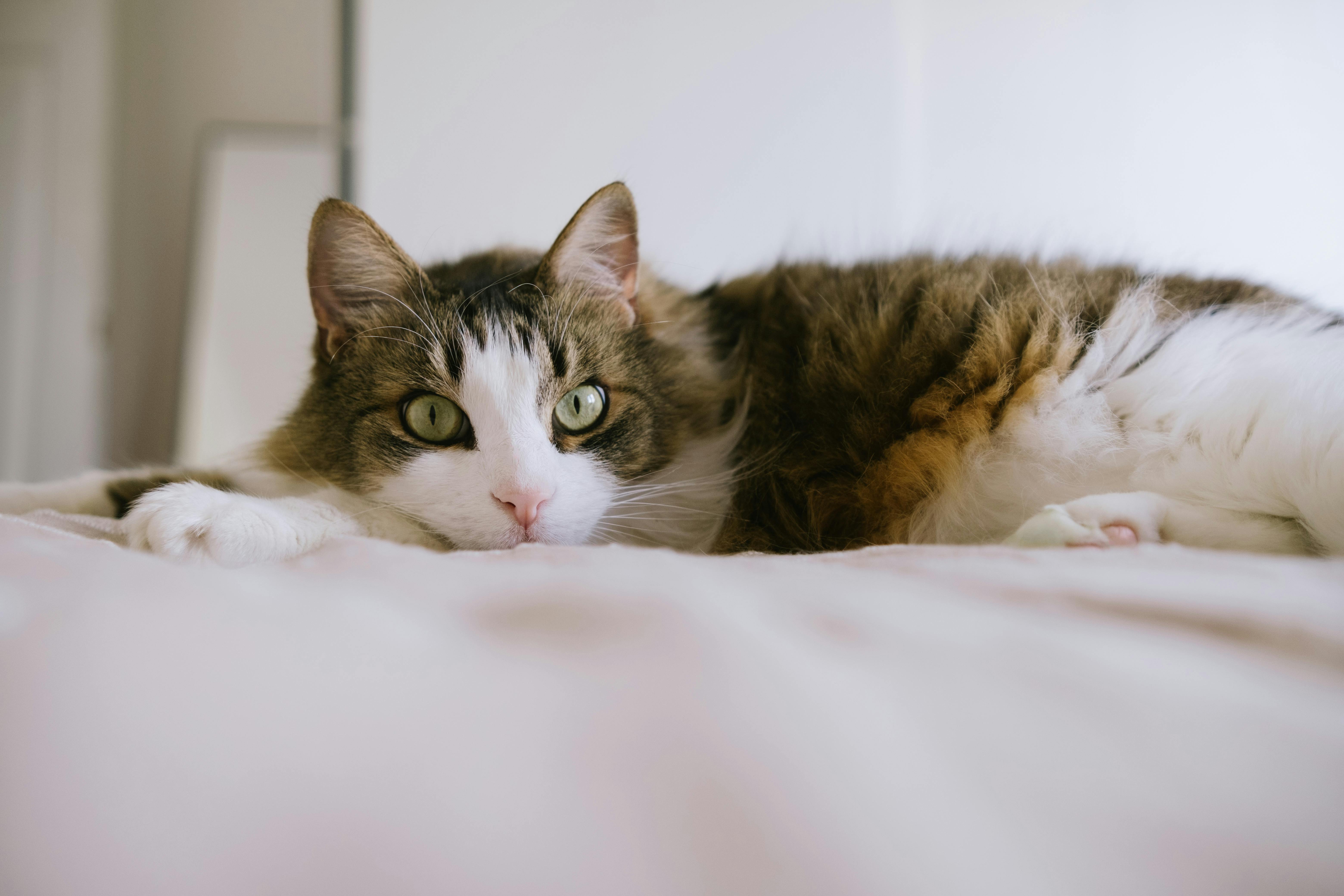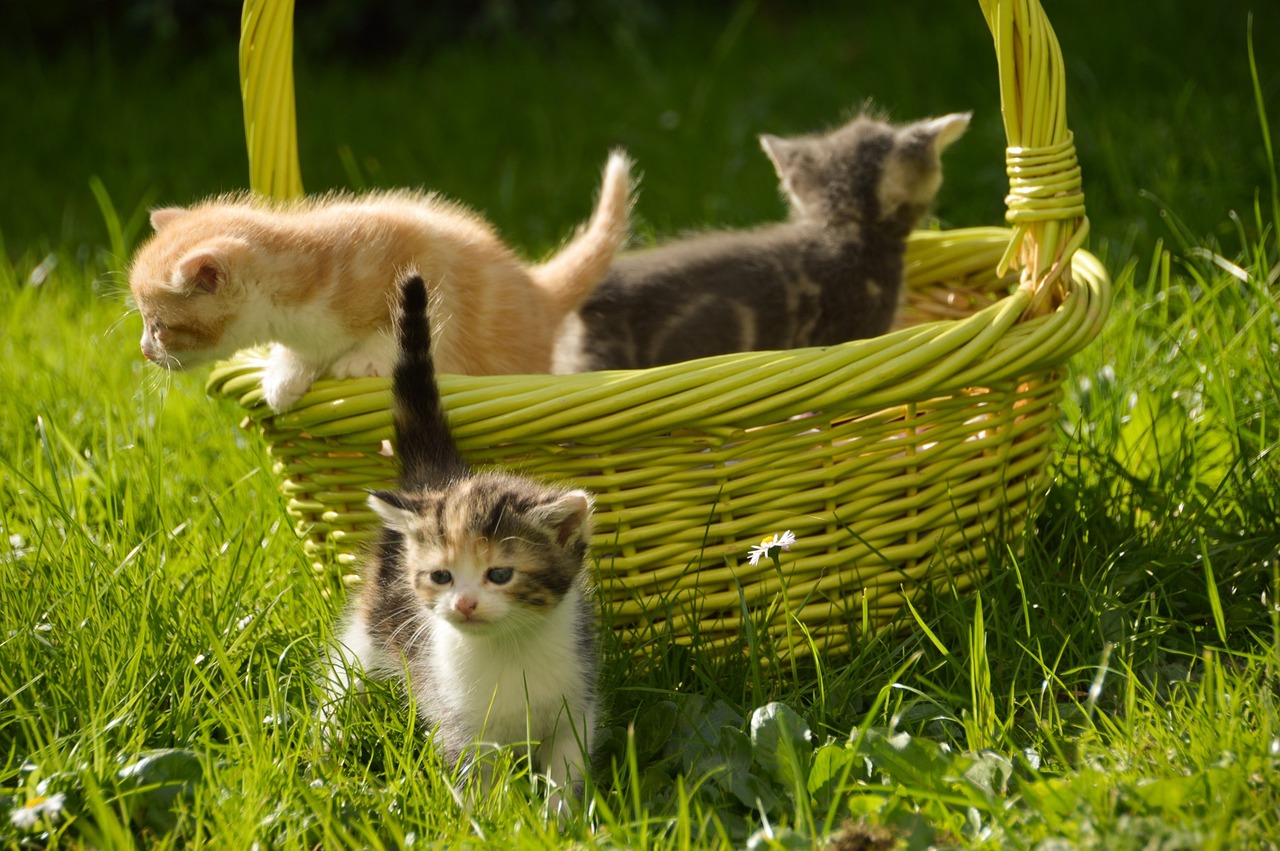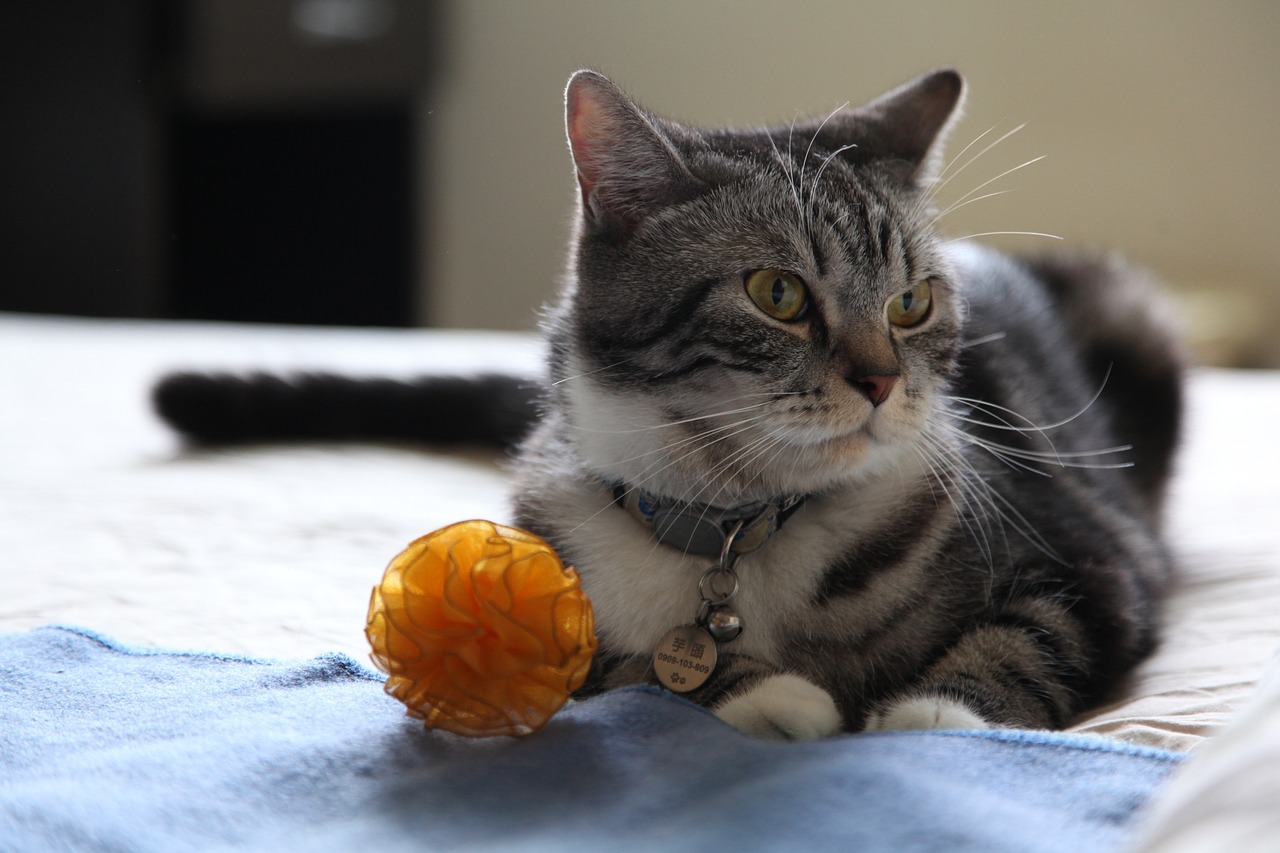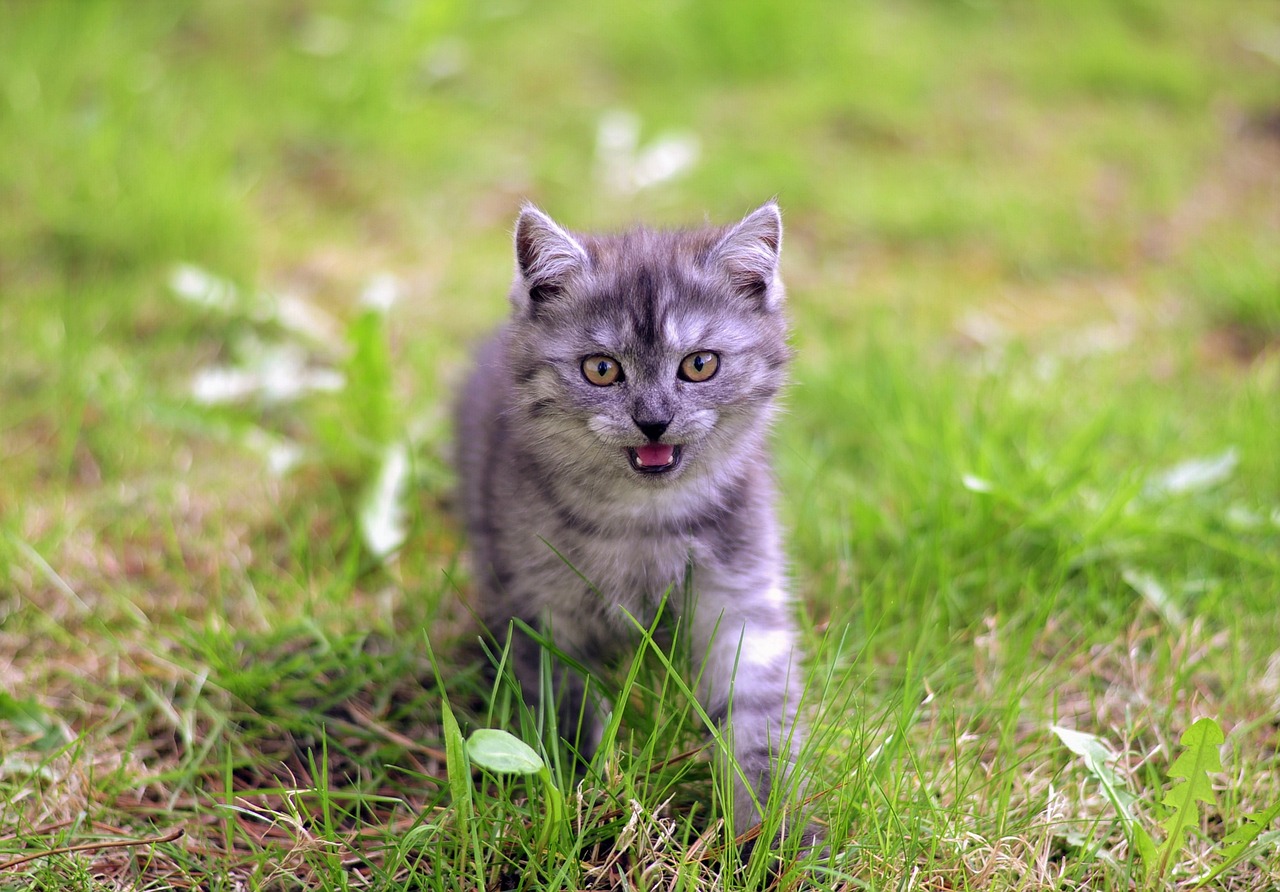Obesity in Cats
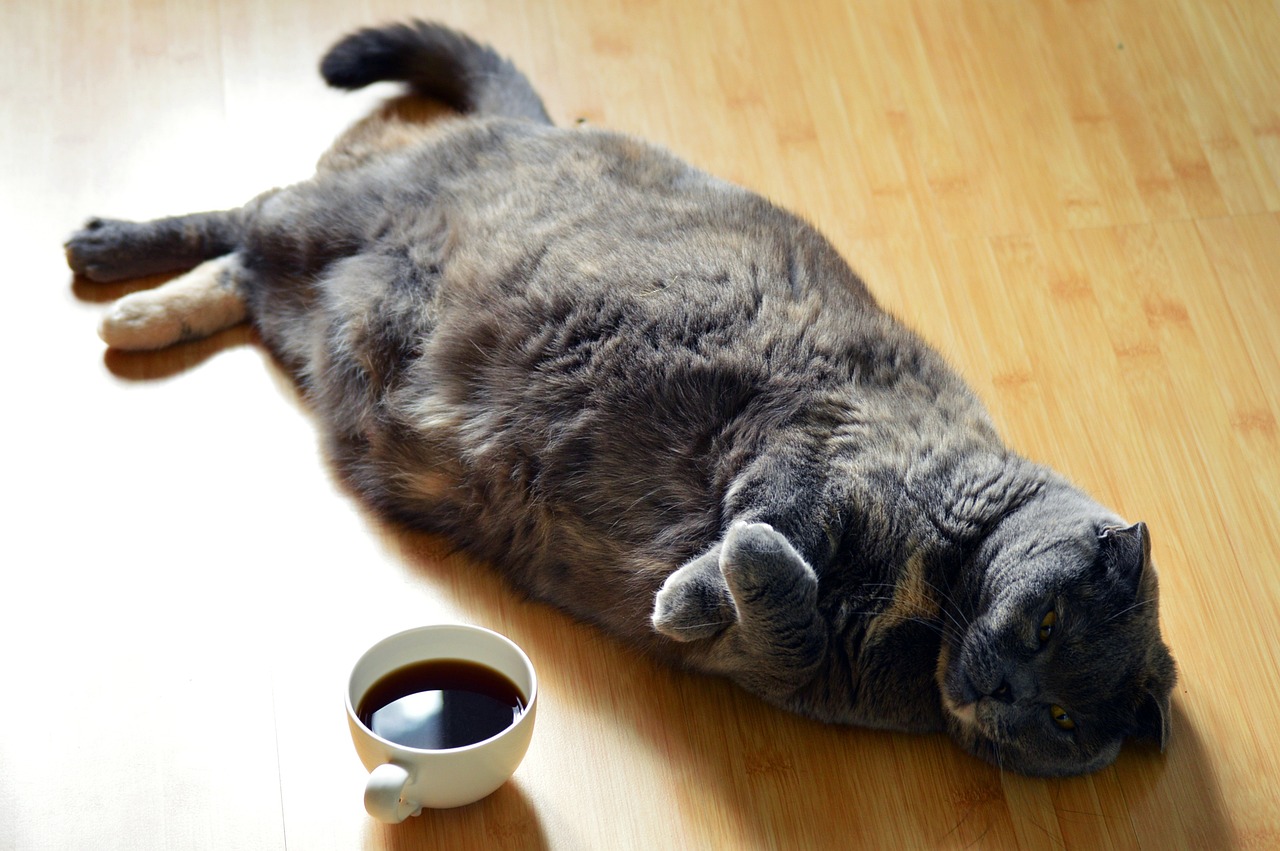
You may wonder, "Is my cat overweight?" In the United States, the answer is often "yes" for nearly two-thirds of cat owners, as 59% of cats are classified as overweight or obese. This article aims to help you identify the signs of overweight cats and offers guidance on assisting them in shedding those extra pounds for a happier and healthier life.
Defining Overweight and Obesity for Cats
While the ideal weight for a cat depends on factors like breed and health history, a typical domestic cat should weigh between 8 and 10 pounds. Cats are considered overweight when their weight exceeds 9 to 20% above their ideal body weight. This means a cat weighing just 0.72 to 2 pounds above the average could be classified as overweight. Approximately 5 to 10% of cats fall into this category, with weight gain typically occurring between the ages of 2 and 10.
Obese cats, on the other hand, weigh more than 20% above their ideal body weight, resulting in excess fat accumulation. About 40% of domestic cats are classified as obese.
Signs of Cat Obesity
If you don't have a scale but want to assess your cat's weight, watch for these signs of obesity:
-
Increased Resting: Overweight cats may spend more time lying down or sitting than usual.
-
Reduced Activity: They might disinterested in physical activities and have trouble climbing stairs or jumping.
-
Inability to Feel Bones: In overweight cats, you may struggle to feel their spine, ribs, or hip bones.
-
Lack of Waist: Obese cats often lack a discernible waist.
-
Poor Coat Condition: Their coat may appear unkempt or dirty.
-
Altered Bathroom Habits: Overweight cats might have less frequent bowel movements.
Consequences and Risks of Cat Obesity
Obesity in cats is associated with various severe health conditions, including:
-
Reduced Lifespan: Obese cats have a shorter lifespan than their healthy-weight counterparts.
-
Chronic Inflammation: Obesity can lead to chronic inflammation in cats.
-
Joint Problems: Cats may develop arthritis and experience faster joint degeneration.
-
Skin and Coat Issues: Obesity can affect a cat's skin and coat health.
-
Respiratory Disorders: Obese cats may suffer from respiratory problems.
-
Anesthetic Complications: Heat intolerance in obese cats can lead to anesthetic complications during surgeries.
-
Metabolic and Endocrine Disorders: Obesity increases the risk of metabolic and endocrine disorders.
-
Hepatic Lipidosis: This liver disease is more common in obese cats.
-
Urinary Bladder Stones: Obesity is linked to urinary bladder stone formation.
-
Kidney Dysfunction: Cats may experience kidney problems.
-
Diabetes Mellitus: Obesity raises the risk of diabetes.
-
Hypertension: Obese cats are prone to high blood pressure.
-
Heart Disease: Cardiovascular issues are more common in obese cats.
-
Cancer: Several types of cancer are associated with obesity.
-
Reduced Immunity: Obese cats may struggle to fight off infections.
Causes of Cat Obesity
The primary cause of the cat obesity epidemic in the U.S. is overeating. Several common examples of overeating in cats include:
-
Rapid Food Consumption: Cats eating too quickly may beg for more food outside of regular meal times.
-
Diet Composition: A diet mainly consisting of dry food, primarily comprising canned food, can promote weight gain.
-
Incorrect Food Measurement: Maintaining consistency in food measurement and using appropriate bowls is vital.
-
Excessive Treats: High-calorie treats can quickly add to a cat's daily calorie intake.
-
Feeding Practices: Providing one or two large meals daily increases the risk of obesity compared to smaller, frequent meals or free-choice feeding.
New data reveals a concerning 114% increase in overweight or obese cat diagnoses in the last decade. These statistics are alarming, given the known health consequences of feline weight gain.
Risk Factors for Cat Obesity
While any cat can become overweight, four factors increase the risk:
-
Age: Cats aged 8 to 12 are more prone to obesity than younger or older felines.
-
Gender: Neutered male cats and spayed female cats have stronger appetites than intact cats, with neutered males having the highest risk of obesity.
-
Underlying Medical Conditions: Medical issues such as arthritis and food allergies can contribute to weight gain.
-
Environment: Indoor cats are more likely to become overweight than outdoor cats due to reduced physical activity.
Maintaining a healthy weight for your cat is of utmost importance, as obesity can lead to many health issues. An overweight cat is at a higher risk of developing diabetes, joint problems, heart disease, and urinary tract issues. Keeping your feline friend fit through regular exercise and a balanced diet ensures their overall well-being and enhances their quality of life, promoting longevity and happiness.
Get insurance plans with wide-ranging coverage options







